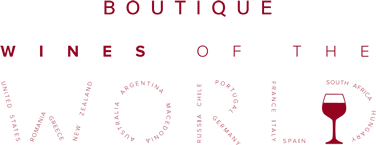Aside format
Old World winemaking is often terroir driven with emphasis being placed on how well the wine communicates the sense of place where it originated. For example, a winemaker making a Riesling from the Mosel will often try to highlight the unique traits of the Mosel wine region (such as its slate soils) with the wine expressing those traits in the form of minerality.
In the New World, emphasis is often placed on the winemaker and the techniques used to bring out the fruit flavors of a wine (a style known as “fruit driven”). New World winemakers tend to be more open to experimenting with new scientific advances (such as the use of enzymes as an additive) while the terroir influence of Old World winemakers will often attempt to downplay the role of the winemaker and avoid techniques that may mask or distort the expression of terroir. Old World winemakers tend to be more open to use of wild, ambient yeast during the fermentation process as a part of the terroir while New World winemakers tend to favor cultured yeast strains.







Reply